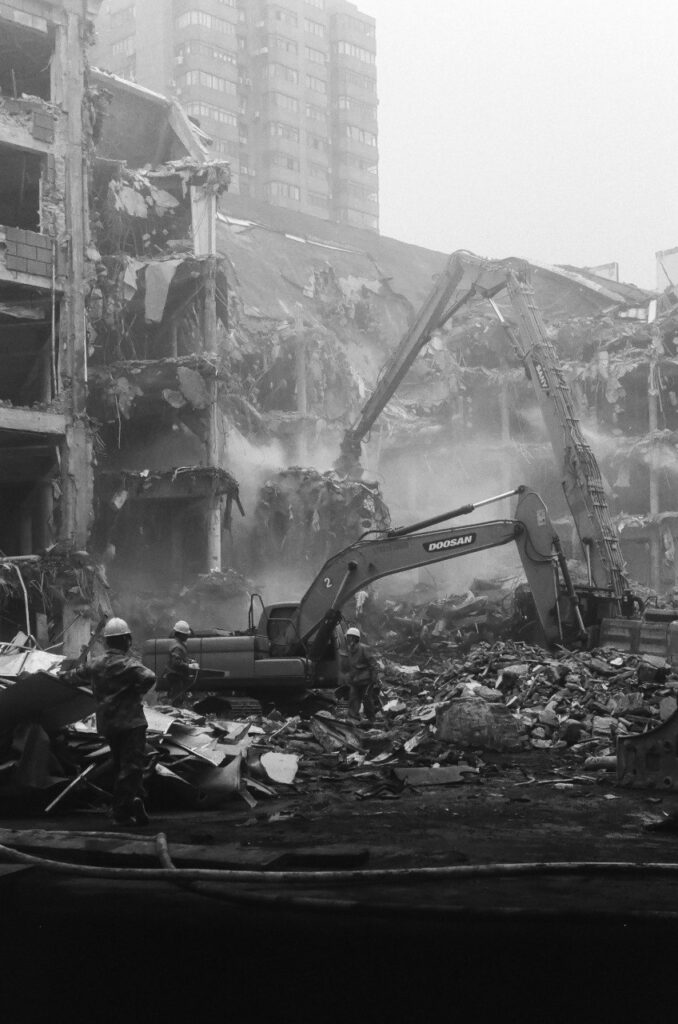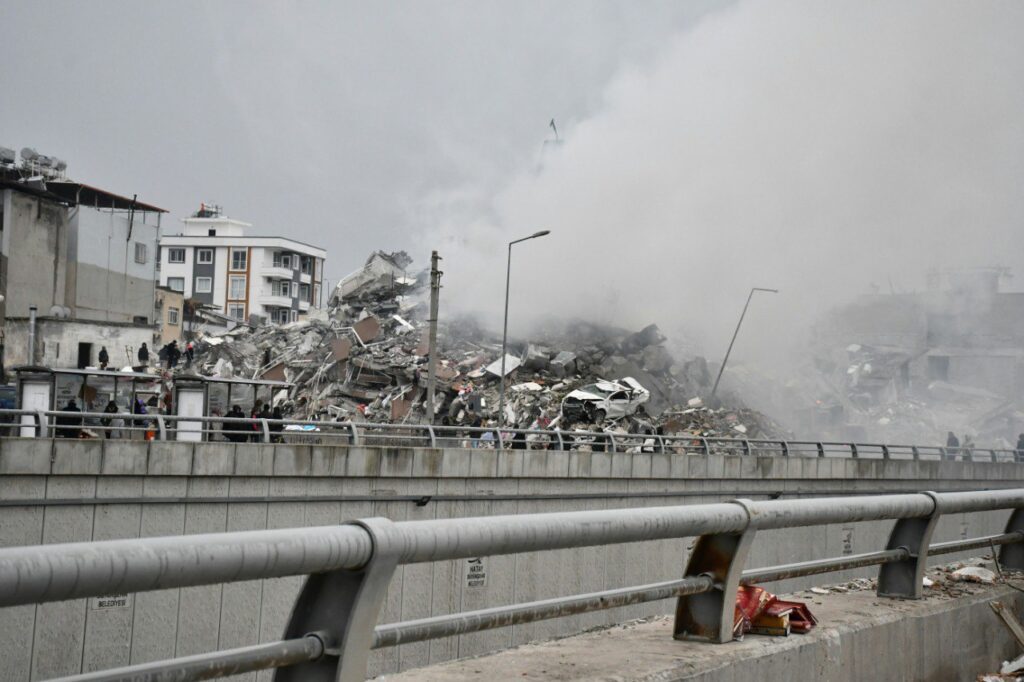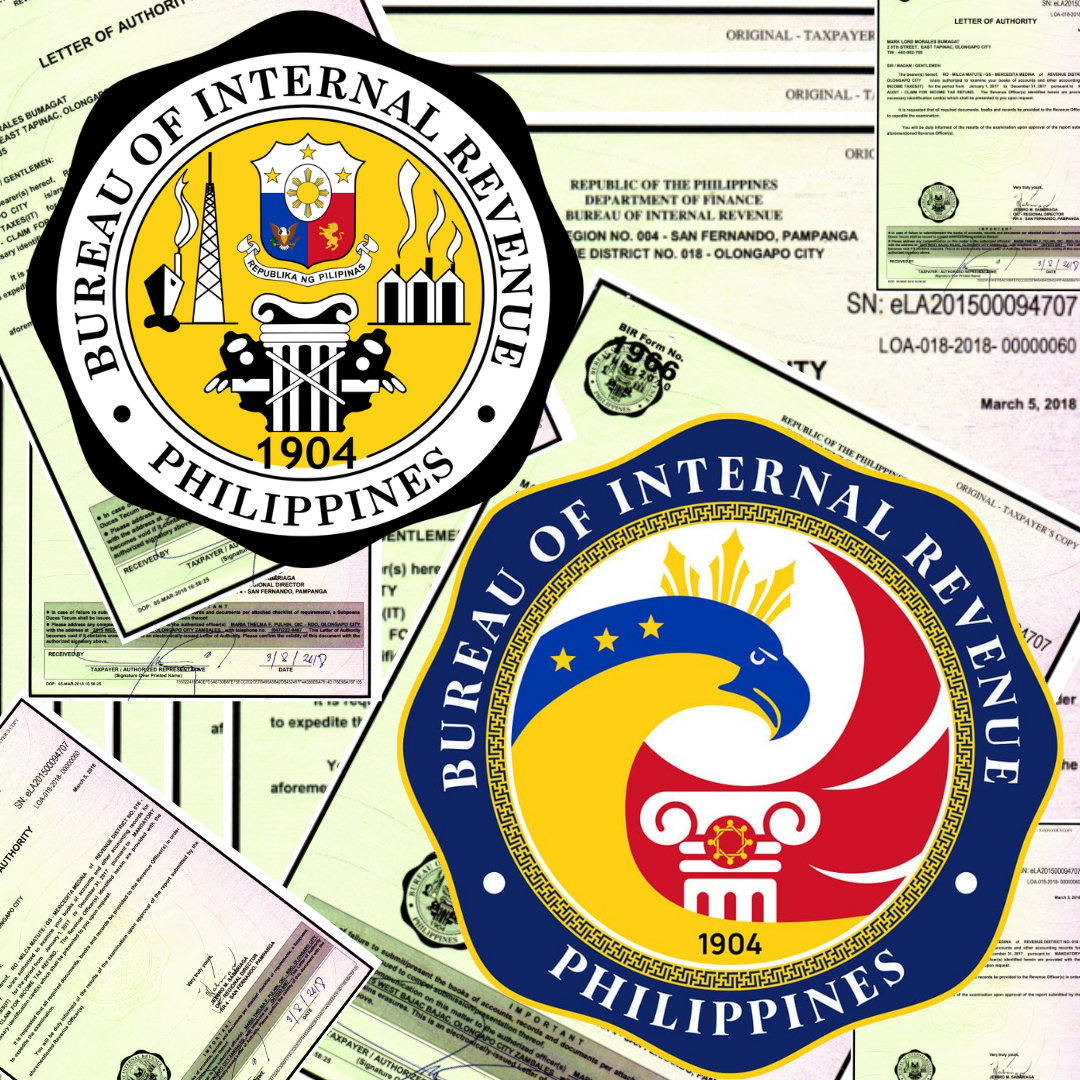With the Office of Civil Defense (OCD) warning that all of Luzon must prepare for “The Big One”, earthquake safety has never been more critical. Living along the Pacific Ring of Fire, the Philippines is highly vulnerable to earthquakes. That means preparation isn’t optional — it’s essential.
This guide offers practical earthquake safety tips, including what to do before, during, and after an earthquake, how to make your home safer, and which emergency contacts to keep on hand.
What to Do During an Earthquake
Practice Earthquake Safety: Drop, Cover, and Hold On
The foundation of earthquake safety starts with this simple technique:
- Drop to your hands and knees to prevent being knocked over.
- Cover your head and neck under a sturdy table or desk.
- Hold on until the shaking stops.
This response minimizes your risk of injury from falling objects or collapsing furniture.
Earthquake Safety in High-Rise Buildings
If you’re in a condominium or office tower:
- Stay indoors during the shaking.
- Avoid windows and heavy furniture.
- Do not use elevators.
- Take shelter beside interior walls or beneath a desk or table.
- Use stairs to evacuate only after the shaking stops and it is declared safe.
- Expect aftershocks, and stay alert.

Earthquake Safety Outdoors
- Move to an open space, away from buildings, trees, poles, and power lines.
- Drop to the ground and stay low until the shaking ends.
Earthquake Safety in a Vehicle
- Pull over in a safe, open area.
- Remain inside your vehicle.
- Avoid bridges, tunnels, or areas near buildings that may collapse.
Earthquake Safety at Home: Securing Your Space
One of the most overlooked areas of earthquake safety is securing the inside of your home. Falling furniture is a common cause of injuries during earthquakes.
Anchor Heavy Furniture
- Use L-brackets, wall straps, or anti-tip kits to secure bookshelves, cabinets, and appliances to the wall.
Lock Cabinets and Drawers
- Install safety latches to prevent contents from flying out during an earthquake.
Store Items Safely
- Keep heavy or breakable items on lower shelves.
- Avoid placing anything heavy above beds, couches, or workstations.
Secure Decor and Fixtures
- Use earthquake hooks for frames and mirrors.
- Apply non-slip pads or museum putty under fragile items.
Earthquake Safety by the Bedside
- Keep your bedside clear of items that may fall or shatter.
- Store a flashlight, whistle, and your emergency go bag within reach.
Build an Earthquake Safety Emergency Kit
Your emergency kit should be packed and ready to go. Include:
- Drinking water (3-day supply)
- Canned or packaged food
- First-aid supplies
- Essential medications
- Flashlight and spare batteries
- Power bank or solar charger
- Emergency whistle
- Identification and important documents
- Cash in small bills
Keep this earthquake safety kit in an easy-to-reach area near your exit or bed.
Create a Family Earthquake Safety Plan
A strong family plan is central to earthquake safety. Here’s how:
- Choose a safe meeting point.
- Assign emergency roles and responsibilities.
- Decide how to communicate if separated.
- Practice evacuation drills regularly.
- Familiarize everyone with the location of your emergency supplies.
Essential Earthquake Emergency Contacts
These numbers are vital for earthquake safety response and rescue:
- 911 – National Emergency Hotline
- NDRRMC – (02) 8911-1406 to 07
- Philippine Red Cross – 143 or (02) 8790-2300
- PHIVOLCS – (02) 8426-1468 to 79
- Department of Health (DOH) – (02) 711-1001
- Coast Guard – (02) 527-3877 or 0917-724-3682
Post these numbers on your refrigerator and save them in your phone.

Earthquake Safety and the OCD Warning
On April 9, 2025, the OCD warned all of Luzon to prepare for a potential magnitude 7.2 earthquake — a scenario known as “The Big One.” The potential impact on Metro Manila and surrounding provinces could be catastrophic without proper earthquake safety measures in place.
This is a call to action for every resident: take earthquake safety seriously, and act now.
Final Thoughts on Earthquake Safety
Earthquakes happen without warning. But how you prepare today can save lives tomorrow.
By securing your furniture, creating a family emergency plan, building a go bag, and knowing what to do when the shaking starts, you’re practicing real, life-saving earthquake safety.
Don’t wait for the ground to shake before taking action. Start your earthquake safety plan today.
stay updated, check out this link!





